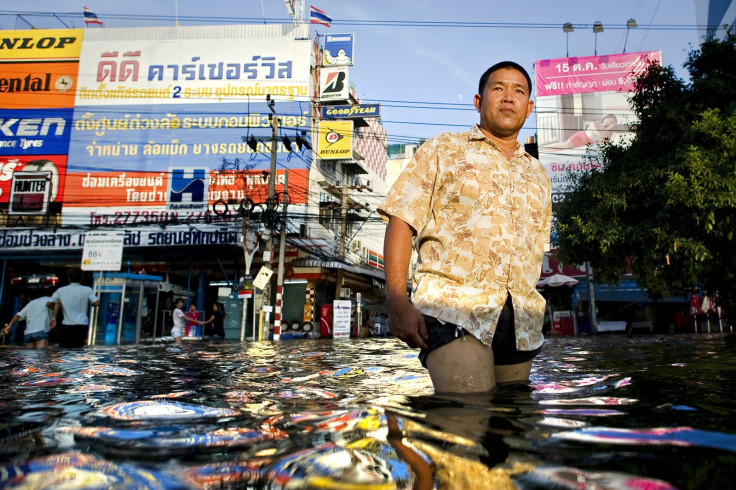South-east Asia: Sea levels could rise 'much higher and more quickly' risking 100m homes
Natural weather and climate phenomena caused historic sudden sea level changes.

The South China Sea and the seas around Indonesia rose and fell by about two feet twice within a period of 350 years about 6,500 years ago. Similar fluctuations today are also possible, scientists say, and would put about 100 million people's homes at risk.
The fluctuations were measured at sites thousands of kilometres apart, including on the south coast of China and at the Indonesian island of Belitung.
"We argue that it affected much or all of the Sunda Shelf and the South China Sea – so likely the area from Jakarta to Hong Kong, including Singapore and the coast of Vietnam, among other places in the region," Aron Meltzner of the Earth Observatory of Singapore at Nanyang Technological University told IBTimes UK.
Similar sea level changes from natural causes could happen again, the authors say. Today about 100 million people live in areas less than three feet above present-day sea level in East and South-east Asia.
"If a similar oscillation were to occur in East and South-east Asia in the next two centuries, it could impact tens of millions of people and associated ecosystems," said Benjamin Horton of Rutgers University in the US.
These historic large fluctuations in sea levels were due to natural variation, possibly centuries of heavy monsoon intensity or the El Niño effect, Meltzner said. Today, a similar fluctuation driven by natural weather and climate variation could be worsened by human-induced climate change.
"This study suggests that, at least in South-east Asia, there are plausible scenarios in which sea level could rise much more, and much more quickly, than we had previously realised," he said.

The ancient fluctuations were detected from analysis of coral microatolls, mounds of dead and living corals about six metres across. The corals' growth is limited by the extreme low tide mark, so their height and age can be used to see how high or low historic tides and average sea levels were.
"This precision both in terms of timing and elevation allow us to track past sea level in unprecedented detail," said Meltzner.
More research is needed to pinpoint the natural drivers for these kinds of fluctuation, the researchers say, to improve understanding the risk of future sea level rises.
The research is published in the journal Nature Communications.
© Copyright IBTimes 2024. All rights reserved.






